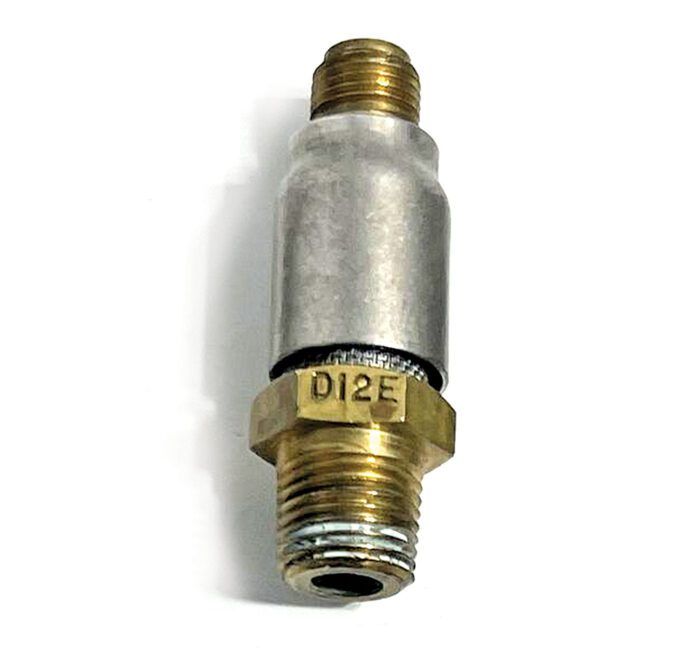Most aircraft piston engines have at least one soft spot, preventing them from being 100-percent reliable over time. With big-bore Continentals, it’s often cylinder wear. Small-bore Lycomings, on the other hand, can be susceptible to premature camshaft wear. Of course, run any engine long enough and hard enough in any machine and it will ultimately fail. In aviation, though, an engine’s long-term reliability is by no means assured. That’s a lesson I learned the hard way.
The Cessna 210 I owned for a while was in overall good shape, with a mid-time engine. For the first couple of years I had it, I spent a lot of time going through it, often with an experienced A&P/IA, replacing worn screws, bolts and bushings, and cracked plastic, repainting small components, plus cleaning and inspecting various items, including the spark plugs.
One day, while working with the A&P/IA, we tackled the fuel injectors. We removed them, cleaned them and reinstalled them per the manufacturer. Though I was familiar with torque wrenches, I had never used the “clicker” style version, and ended up applying way too much torque to the #5 cylinder’s injector. Once the error was discovered, we removed and reinstalled it with the correct torque specification.
A few years later, I was en route when my engine monitor went nuts, indicating high cylinder head temperature (CHT) on that same #5 cylinder; above 500 degrees F. I immediately reduced power and enrichened the mixture to cool the cylinder and made a precautionary landing. Although my right-seater on that flight happened to be an A&P, we had no tools and no way to inspect it. We kept a close eye on it all the way home, ultimately concluding it was a one-time issue with the system. I kept flying it as-is.
A few months after that episode, that same #5 cylinder swallowed its intake valve, which created all sorts of havoc. As it happened, I had another A&P in the right seat that day. Once on the ground, the reason for the cylinder’s failure was obvious: A crack at the fuel injector port that wasn’t there when we took off allowed the intake valve seat to get loose, destroying the valve. We knew that because we both looked over the engine closely before takeoff.
I’m positive my overenthusiastic application of the torque wrench years earlier not only resulted in the high CHT episode—possible detonation?—but also the crack.
I still make mistakes when tinkering with my new airplane, but applying too much torque to fuel injectors isn’t one of them.
Have you encountered a situation or hazardous condition that yielded lessons on how to better manage the risks involved in flying? Do you have an experience to share with Aviation Safety’s readers about an occasion that taught you something significant about ways to conduct safer flight operations? If so, we want to hear about it.
We encourage you to submit a brief (500 words) write-up of your Learning Experience to Aviation Safety for possible publication. Each month, Aviation Safety publishes a collection of similar experiences sent to us by readers. Sharing with others the benefit of your experience and the lessons you learned can be an invaluable aid to other pilots.
You can send your account directly to the editor by e-mailing it to [email protected]. Put “Learning Experience Submission” in the subject line; add your name and daytime telephone number at the bottom of the e-mail.
Your report will be considered for publication in the Aviation Safety’s readers’ forum, “Learning Experiences,” and may be edited for style and length. Anonymity is guaranteed if you want it. No one but Aviation Safety’s editor is permitted access to the reports. Your name and telephone number are requested only so that the editor can contact you, if necessary.
While we can’t guarantee your submission will get published, we can guarantee that we’ll closely review and consider using it.
All Learning Experiences submissions become the property of Aviation Safety and may be republished.




